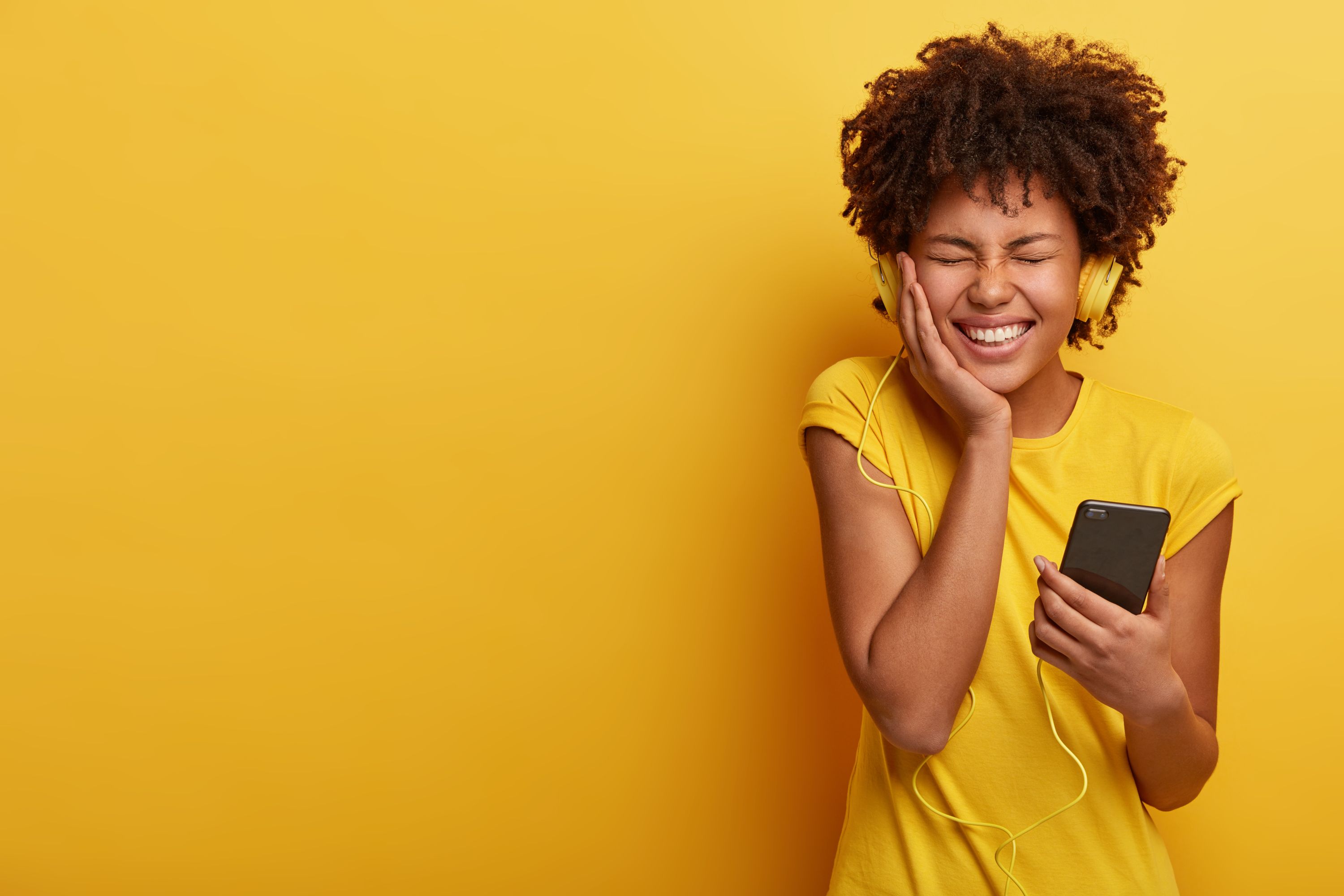October 23, 2024 (Originally published on June 17, 2020)
Today we live in an environment where we are putting our hearing in danger. We often hear and read of the dangers of working around industry where there is a great deal of noise, however one of the most dangerous work environments can be found in your home, the business office, on the exercise bike, or on the walking trail! Just look around you, throughout the day you will encounter many people listening to music or talking through earphones, headphones, or some device in their ears.
 According to a 2011 study published in the Journal of the American Medical Association, the use of headphones and earbuds has led to a major increase in the prevalence of hearing loss in adolescents and young adults1. An initiative of The World Health Organization (WHO) in the framework of the World Hearing Forum has committed to create a world where nobody’s hearing is put in danger due to unsafe listening. The WHO estimates that 1.1 billion people worldwide could be at risk of hearing loss due to unsafe use of personal audio devices and exposure to damaging levels. The current trend of regularly listening to music at high volume and for long duration poses a serious threat to one’s hearing.
According to a 2011 study published in the Journal of the American Medical Association, the use of headphones and earbuds has led to a major increase in the prevalence of hearing loss in adolescents and young adults1. An initiative of The World Health Organization (WHO) in the framework of the World Hearing Forum has committed to create a world where nobody’s hearing is put in danger due to unsafe listening. The WHO estimates that 1.1 billion people worldwide could be at risk of hearing loss due to unsafe use of personal audio devices and exposure to damaging levels. The current trend of regularly listening to music at high volume and for long duration poses a serious threat to one’s hearing.
Hearing loss due to exposure to loud sounds can be prevented through certain simple practices, such as keeping the volume within safe listening levels and limiting the time spent engaged in noisy activities. While prevention of hearing loss through safe listening practices is the responsibility of the individual, the onus of raising awareness and creating an environment for safe listening lies with the community, manufacturers of devices, and professionals.
In the United States we do not have regulations on the output of personal audio devices. These devices have outputs that may range from 75 dB to as high as 136 dB. Typically, users of personal audio devices choose to set the volume between 75 to 105 dB. Government agencies, OSHA and NIOSH have set standards of output and duration that individuals can listen to before damage to hearing occurs. 85dB for 8 hours is the standard. Listening to music for 15 minutes at 100 dB is the equivalent of working in a noisy environment for 8 hours! Experts recommend keeping sound levels at somewhere between 60 and 85 decibels to minimize the damage your ears are exposed to.

The bad news is once you lose your hearing it will not come back, however the good news is that noise-induced hearing loss can be prevented by following safe listening practices. Remember the 3 simple tests to know if your earphones or headphones are too loud. You can prevent hearing loss from noise.
1 Josef Shargorodsky, MD, MPH; Sharon G. Curhan, MD, ScM; Gary C. Curhan, MD, ScD; et al Roland Eavey, MD, SM Change in Prevalence of Hearing Loss in US Adolescents, JAMA. 2010;304(7):772-778.